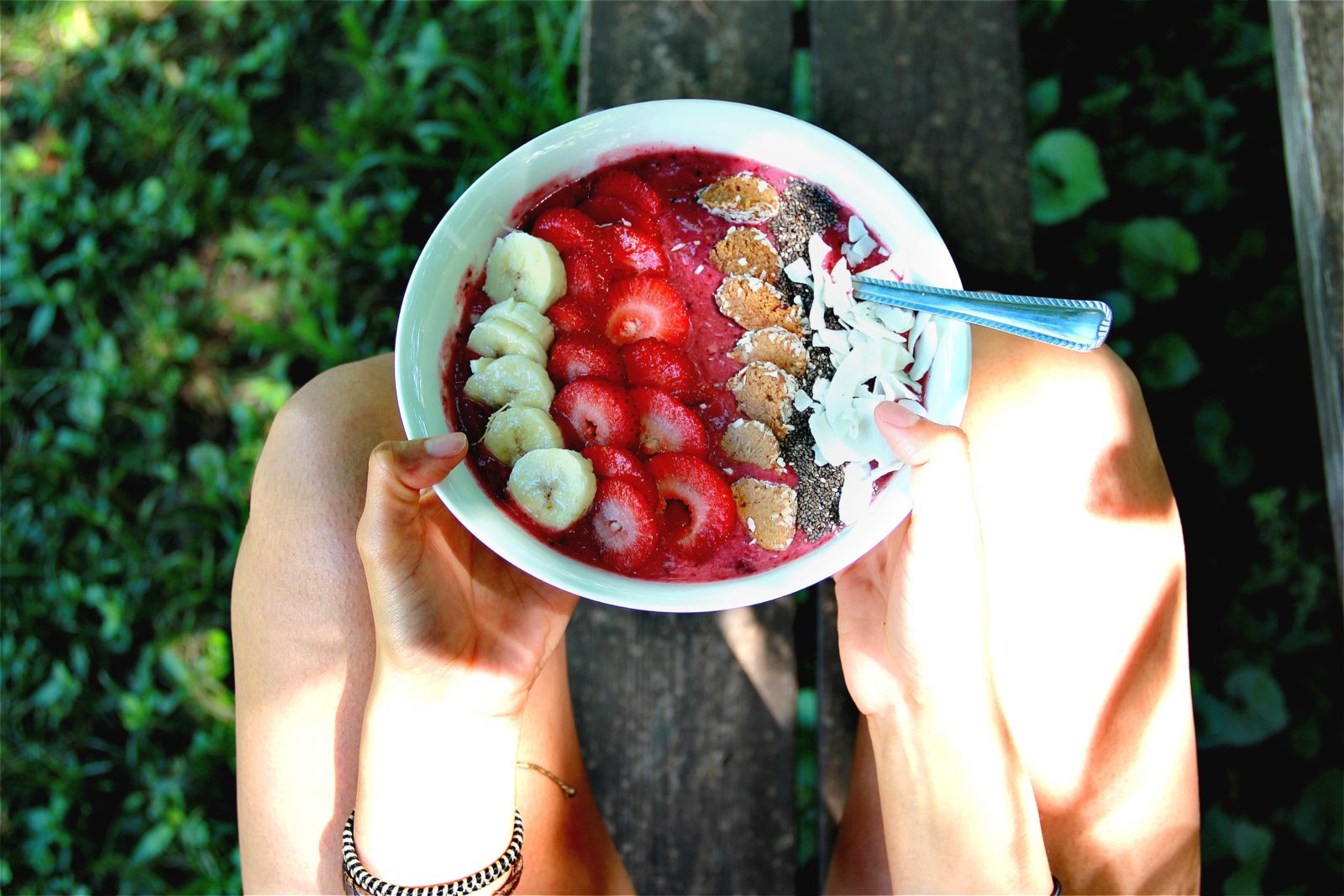Blogger Heather Barnett, contributing to SheKnows, outlines some excellent advice and tips for getting excited for some “Spring Clean Eating”. She writes, “while you’re spring-cleaning the rest of your house, don’t forget the kitchen, cupboard and fridge.”
Her nutrition tips take you back to the basics and she describes four easy steps:
Step 1: Stock up on spring super-fruits and vegetables
Step 2: Eat leaner meats
Step 3: Eliminate overprocessed breads
Step 4: Getting more healthy foods in your diet
- Arugula: A great addition to salads because of its peppery flavor, arugula is a source of magnesium, which helps strengthen bones, keeps your immune system going strong and aids in muscular health.
- Artichokes: Skip the can and learn to cook them fresh, because artichokes contain cynarin and a probiotic called inulin. They help with digestion and actually make other foods taste better by stimulating your taste buds.
- Asparagus: Packed with vitamin K, vitamin A, protein and folate, this spring green helps transport calcium to your bones and boosts your immune system.
- Fava beans: High in fiber, iron and protein, these oft-overlooked beans work to lower your cholesterol and (bonus!) stimulate sexual desire.
- Green peas: Filled with vitamin C and thiamin, green peas help allergy sufferers and help ward off depression.
- Green onions: Also called scallions or spring onions, these little guys are packed with an antioxidant that lowers your blood pressure and reduces your risk of heart disease. They also act like an antihistamine, which is great for people with allergies.
- Lettuce: Think anything but iceberg here! Different kinds of lettuce are all chock-full of antioxidants and come in a variety of colors that will make your salad more appealing (and tastier).
- Radishes: Eaten with broccoli, they work together to ward off cancer. They’re also a great source of vitamin C in their own right. The leaves are also edible and may be even better for you, with even more vitamin C, calcium and protein.
- Spinach: Popeye would be proud. This leafy green is an unexpected source of vitamin C, as well as folate, betaine, lutein and zeaxanthin. It helps ward off age-related eyesight issues, gives you more energy for exercise and boosts your immune system.
- Spring squash: The nutritional properties of squash depend on what kind you get, but they’re all packed with bonuses. Plain old yellow squash has vitamin C, folate, beta carotene, calcium and all 10 of the amino acids your body needs but doesn’t produce.
- Apricots: Beta carotene, potassium, fiber and vitamin C make apricots an excellent choice for spring. They help prevent heart disease and are great for your eyesight, and even lower in calories than cherries. (Feel free to enjoy them dried, though they do have more carbs that way.)
- Berries: Berries of any kind are loaded with antioxidants. The other benefits vary from fruit to fruit, so enjoy as many varieties as you can.
- Strawberries: Packed with fiber and vitamin C, strawberries protect your heart and increase good cholesterol. They also lower your blood pressure and help ward off cancer.
- Sweet cherries: Cherries are high in potassium, antioxidants and fiber, but lower in calories than many fruits. But eat them whole instead of in a pie, where you’ll add unnecessary sugar to the mix.
- Read her full article HERE.
